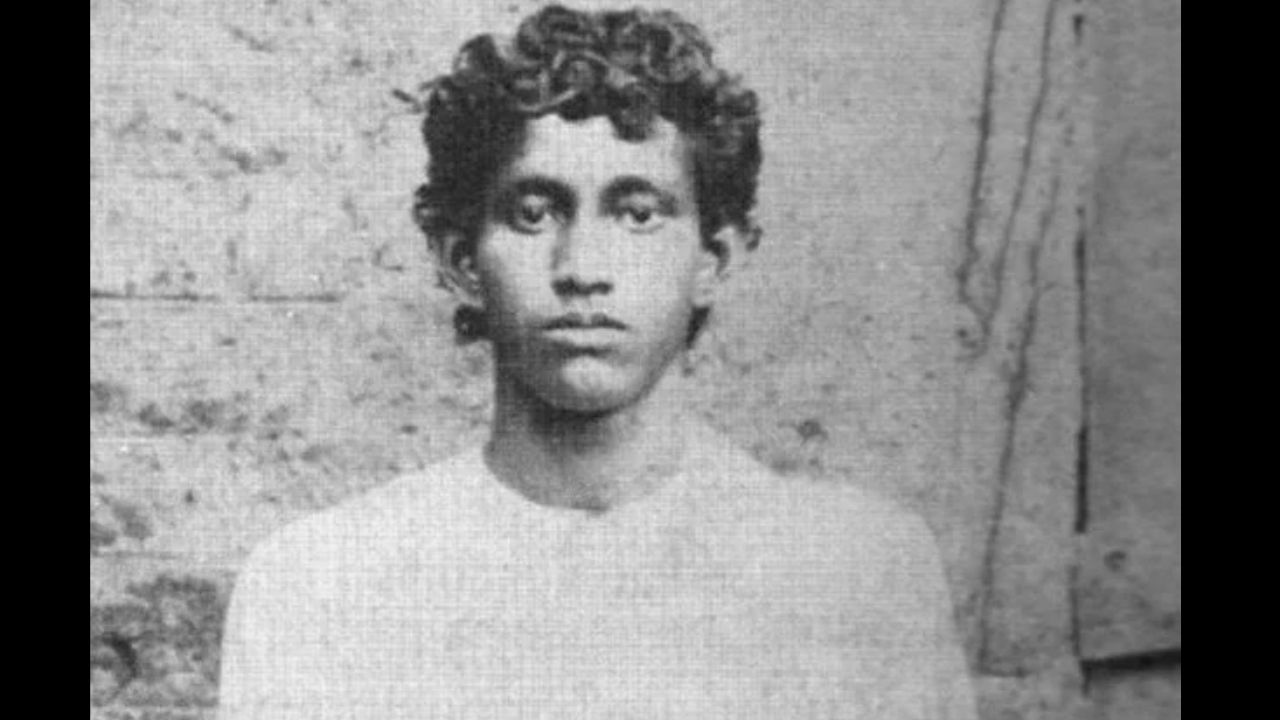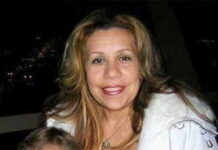Khudiram Bose Biography: Shahid Khudiram Bose was the youngest anti-British Raj revolutionary in India. He participated in the Muzaffarpur conspiracy and was executed at the age of 18 on August 11, 1908. Today is the 112th anniversary of the passing of Khudiram Bose.
Khudiram Bose Biography
Birth, Early Life, Family, and Education for Khudiram Bose
3 December 1889, in Mohobani, Bengal, Shahid Khudiram Bose was born to Trailokyanath Bose and Lakshmipriya Devi. His father held the position of Tehsildar in the Nerajol.
Khudiram was his parents’ fourth child. His parents had two sons before he was born, but both of them died prematurely. In his culture at the time, it was common for a newborn to be symbolically sold to his eldest sibling in exchange for three handfuls of grains. This practise, known as Khud, prevented newborns from succumbing too soon. The appellation Khudiram is derived from the cultural practise ‘Khud’.
Khudiram lost his mother at the age of six, and his father at the age of seven. His older sister, Aparupa Roy, and her spouse, Amritlal Roy, raised him. He attended Tamuksit’s Hamilton High School.
Khudiram Bose Subversive Activities
In 1902 and 1903, Sri Aurobindo and Sister Nivedita delivered a series of public lectures and held a number of private meetings with the existing revolutionary organisations fighting for India’s independence. Khudiram was an ardent participant in the discussions at the time. Later, at the age of 15, he joined Anushilan Samiti and became a volunteer. He was arrested for disseminating anti-British Raj pamphlets in India.
In 1907, Barindra Kumar Ghosh arranged for his associate Hemchandra Kanungo to acquire bomb-making techniques from Nicholas Safranski, an exiled Russian revolutionary, in Paris.
Hemchandra and Barindra Kumar decided on Douglas Kingsford as their objective after returning to Bengal. The target was the Chief Magistrate of Alipore’s Presidency Court, who had presided over the trials of Bhupendranath Dutta and other editors of Jugantar and sentenced them to harsh imprisonment. He attains notoriety for meting out harsh and cruel sentences to youthful revolutionaries.
Hemchandra created a book explosive in order to murder Kingsford. Young revolutionary Paresh Mallick concealed the bomb in a hollow section of Herbert Broom’s Commentaries on the Common Law and conveyed it to Kingsford’s home wrapped in brown paper. Kingsford placed the parcel on his shelf for later examination. In 1908, Kingsford was promoted to District Judge and dispatched to Bihar by the government. His furniture and the book bomb went with him.
The Anushilan Samiti continued their efforts to murder Kingsford. For this objective, a two-person team, which included Prafulla Chaki, travelled to Muzaffarpur. Prafulla Chaki returned with Khudiram Bose and an explosive that Hemchandra had given to him.
The Calcutta police learned about the plot against Kingsford. Four men were tasked with protecting the magistrate’s residence. The two revolutionaries were able to conceal their identities, and the CID officer returned from Calcutta with a letter from the Superintendent of Muzaffarpur confirming that the two revolutionaries had not arrived.
Khudirma and Prafulla purported to be schoolboys on April 29 and scouted the park in Muzaffarpur opposite the British Club before executing their plan. Kingsford was a frequent visitor to the park.
Kingsford and his wife played with the wife and daughter of a British barrister, Pringle Kennedy, on D-Day. At 8:30 p.m., the four individuals decided to return home in identical carriages. As soon as the carriage arrived at the European Club’s eastern gate, Khudiram and Prafulla ran towards it and hurled the bomb. The mother and daughter perished within two days, whereas Kingsford and his wife lived.
Khudiram and Prafulla managed to escape after the attack. The entire city was aware of the incident, and armed police officers were stationed on all rail lines to monitor every commuter. After travelling 25 miles, Khudiram arrived at a station named Waini. Upon seeing Khudiram’s fatigued appearance, two constables, Fateh Singh and Sheo Pershad Singh, suspected foul play when he requested a glass of water at the tea stall. After a few inquiries raised their suspicion, Khudiram was detained by the officers. He was discovered with 37 rounds of ammunition, Rs 30 in cash, a railway map, and a page of the rail schedule.
Trigunacharan Ghosh, a civil who recognised Prafulla after his lengthy journey, decided to save his life. He also arranged for his transportation to Kolkata. He boarded a train in Samastipur and travelled to Howrah. Subinspector Nandalal Bannerjee engaged in conversation with him and concluded that he could be another revolutionary. Bannerjee sent a telegram to the Muzaffarpur Police station concerning Prafulla after he sat down to consume some water. At Mokamghat station, he attempted to apprehend him, but Prafulla shot himself in the mouth with his revolver.
On May 1, Khudiram was placed in handcuffs and brought before a judge. He accepted complete responsibility for the murder. Following his completion, Prafulla’s corpse reached in Muzaffarpur. Khudiram identified him and provided the necessary information.
Khudiram Bose Death
Khudiram was the only survivor of the two-man team’s plot. The British Judges verified Khudiram Bose’s execution on a historical date, despite rumours to the contrary. On August 11, Khudiram Bose was executed by crucifixion.
Khudiram Bose Legacy
1- Khudiram Bose Central College was founded in 1965 in Kolkata, West Bengal, and offers undergraduate arts and business programmes. The college is affiliated with Calcutta University.
2- Shahid Khudiram Station, a Kolkata metro station close to Garia, is named after him.
3- Shahid Khudiram Bose Hospital is a hospital on BT Road near Municipal Park that bears his name.
4- The Muzaffarpur Jail, in which he was executed on August 11, 1908, has been renamed Khudiram Bose Memorial Central Jail.
5- Sahid Khudiram Siksha Prangan, also known as Alipore Campus, is established and affiliated with the University of Calcutta; it offers postgraduate courses.
6- Kolkata’s 6-Khudiram Anushilan Kendra is adjacent to the Netaji Subhash Chandra Bose Indore Stadium.
7- Khudiram Bose Pusa railway station, a station with two platforms in the Bihar district of Samastipur.
8- Shaheed Khudiram College in Kamakhyaguri, Alipurduar, West Bengal, is ranked eighth.
Shey Peddy Biography: Age, Career, Family, Personal Life, and Net Worth
Khudiram Bose: Film
“Main Khudiram Bose Hun” represented Khudiram Bose’s voyage.




